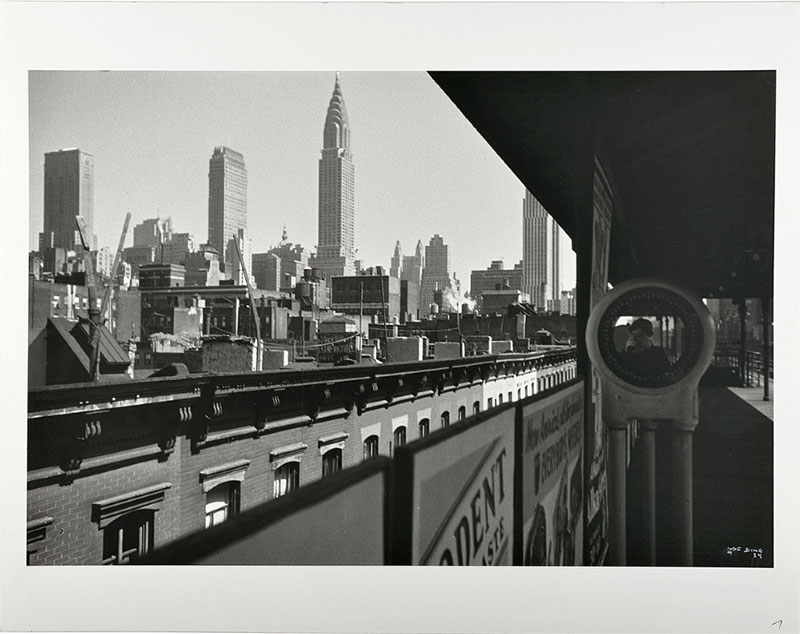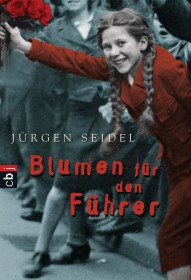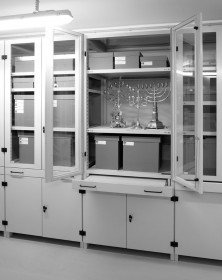A self-portrait shot by Ilse Bing on her first trip to New York in 1936 has been imprinted on my mind’s eye for a very long time. The image was up for sale only twice in the last twenty years. On the first occasion, in 2009, a vintage print went at auction for the princely sum of 25,000.00 EUR. Given its rarity and great market value, I imagined at the time that the enchanting image was unlikely ever to become a part of our collection. For me, it came to be the very epitome of wishful thinking.

Ilse Bing, “New York—The Elevated and Me,” print from 1988 of the original negative from 1936. Jewish Museum Berlin © Estate of Ilse Bing
The photograph depicts a station on the Elevated (subway line) in New York and the reflection in a small round mirror of the photographer with her Leica. The title “New York—The Elevated and Me” underscores the hybridity here of cityscape and self-portrait.
(more…)

Book cover of the German edition of “Blumen für den Führer” © Verlag cbj
Innumerable publications have appeared on the market about the Nazi period in Germany, as well as a steady stream of new novels, non-fiction, and books for children or young adults that deal with this subject. Among them you will find Jürgen Seidel’s “Flowers for the Führer,” the first part of a trilogy that is, according to the reviews, “a very complex, moving, and exciting novel for young adults about a tragic love story during the era of National Socialism,” and is also “worth reading for adults.” Some of us read the trilogy as part of a reading group dedicated to keeping abreast of children’s and young adult literature about Nazism. And we quickly discovered that instead of discussing the depiction of the Nazi regime and German history, we needed to talk about something else: racism.
(more…)

View of Jewish Musem-Berlin storage,© Jewish Museum Berlin, photo: Jens Ziehe
It’s cold. The neon light casts a harsh glare. A gray cabinet stands next to another along white walls. The room feels sterile. The air conditioning hums. A gloomy place.
I put on blue, latex gloves, open one of the cabinets and take out a gray carton. Contours of an item shimmer from under layers of tissue paper. Carefully, I take the object out of the carton and free it from the paper; a microcosm of history presents itself, as if this gloomy place accentuates the aura of the item, the room itself taking a whole step back. (more…)


